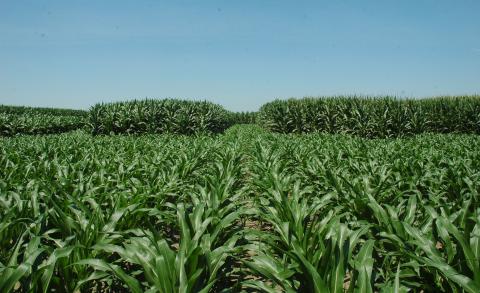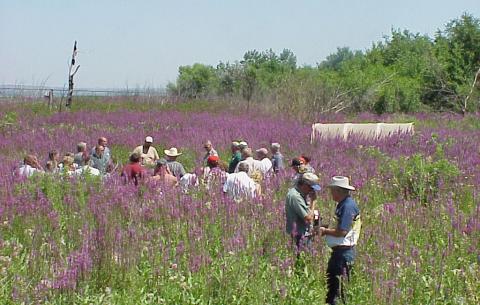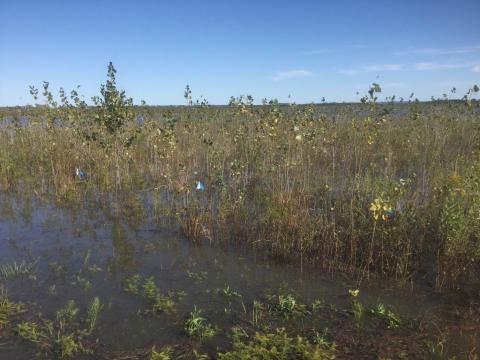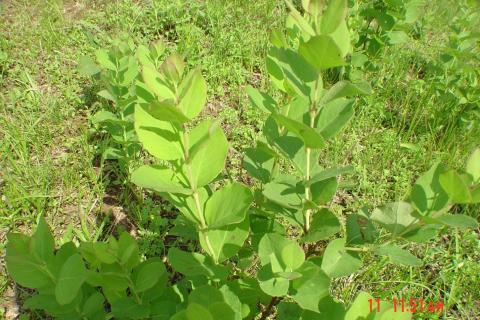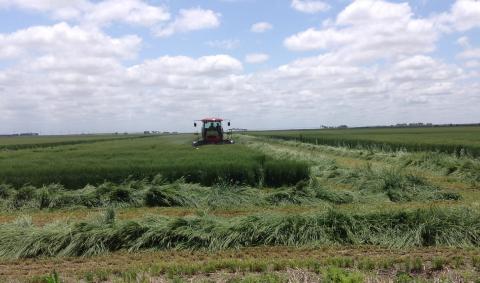2018 Corn Yield Forecasts as of July 11: Higher Temperature Led To Faster Corn Development
July 13, 2018
Corn yield forecasts and crop growth stage estimates for the US Corn Belt, based on crop modeling and local input, start up this week for 2018. Corn development is well ahead of normal, with most sites in the central and southern fringes of the Corn Belt in the silking or grain-filling stages.
Cornhusker Economics: Thinking About the Corn Market
June 21, 2018
In the last 20 years Brazil has emerged as a major player in the world's corn market and is now the second largest exporter and third largest producer, challenging US dominance. This week's Cornhusker Economics takes a closer look.
Cornhusker Economics: Using Partial Budgets to Examine Incremental Ag Business Changes
June 8, 2018
When considering business changes for your farm or ranch, focusing on a partial budget can help evaluate the financial effect of incremental changes without accounting for the entire farm budget. The story offers key points to consider and examples of how to apply them to your farm business.
Research Update: Control of Perennial Invasive Weeds Requires Repeated Herbicide Applications
June 4, 2018
Research shows the need for patience and persistence when battling perennial weeds such as purple loosestrife over multiple years. The younger the stand the faster the control was achieved.
Dry Rot Canker – Obscure, but Returning Rhizoctonia Disease
May 23, 2018
Dry rot canker, one of several rhizoctonia diseaes of sugarbeet, has been relatively obscure since first being identified almost a century ago. New technologies, however, have helped to differentiate it from the more common Rhizoctonia root and crown rot disease.
Research Findings on Chemical Control of Cottonwood
May 22, 2018
Cottonwood offers many benefits, but also can be an invasive and difficult-to-control weed. Nebraska researchers studied control efficacy of eight herbicides over two years and found three products provided total control more than a year; however, they also noted a caution for areas with high water tables.
Study: Efficacy of Herbicides in Buckbrush Control
May 22, 2018
A two-year weed management study in northeast Nebraska evaluated herbicide options for controlling buckbrush, a common perennial weed in Nebraska pastures and rangeland. One herbicide provided year-round control, while several others provided season-long control.
Wheat Forage Options and Considerations
May 17, 2018
This spring many Nebraska livestock producers facing low forage supplies may be looking for new sources, such as from wheat. This Nebraska research on harvest timing suggests how to optimize feed value from wheat forage.
